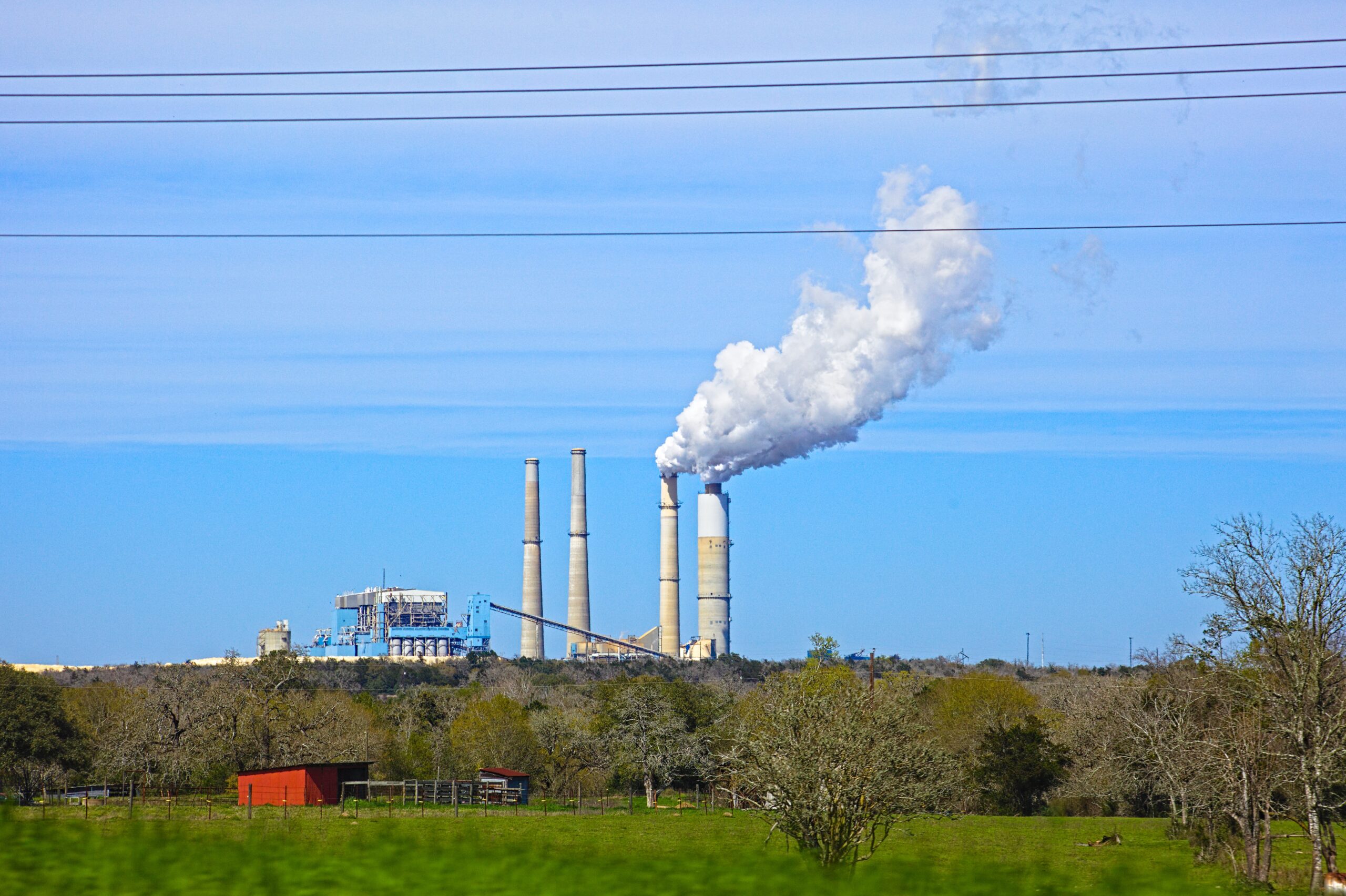As destruction of avian life, across the globe, intensifies, ‘State of the World’s Birds’ report reveals overall impact of climate change on birds is growing
Staff Correspondent
September 29
Signaling the impact of climate change on the avian population, almost half of the world’s bird species are in decline, reveals the latest report ‘The State of the World’s Birds’. The report says that the bird population is increasing only in six % of the species.
The report is released, every four years, by BirdLife International, a leading body in conservation science.
Painting the most concerning picture for nature yet, the report reveals one in eight species (or 1,409 species in total) are now threatened with extinction.
The report says that the “recent bird population trends” in Europe and North America show a “strong and consistent signal” of climate change.
Showcasing a grim picture of the destruction of avian life, the definitive report warns that human actions and climate crisis are putting 49% of the World’s birds in decline, with one in eight bird species under threat of extinction.
The report shows that the expansion and intensification of agriculture is putting pressure on 73% of species. Logging, invasive species, exploitation of natural resources, and climate breakdown are the other main threats, it adds.
The report is an “extraordinary summary of data tirelessly collected by researchers, conservationists and citizen scientists alike, highlighting the plight of the avian world, the key threats it faces, and the urgent measures needed to protect it.”
“We have already lost over 160 bird species in the last 500 years, and the rate of extinction is accelerating,” says Lucy Haskell, Science Officer for BirdLife and lead author of ‘State of the World’s Birds’. “Historically, most extinctions were on islands but worryingly there is a growing wave of continental extinctions, driven by landscape-scale habitat loss.”
Stating that the recent bird population trends show a strong and consistent signal of climate change, the report points out that “climate change is not just a concern for the future, it is already impacting species. “
“Recent common bird population trends in Europe and North America show a strong and consistent signal of climate change”, indicates one of the several case studies cited by the report.
“Warm-adapted species (those whose distributions are projected to expand under climate change) have increased in abundance over recent decades, while cool-adapted species (those whose distributions are projected to contract) have decreased in numbers. The ratio of trends for the two sets of species – the Climatic Impact Index – shows a strong signal of climate change on bird populations over the last 30 years, consistent across the two continents, with increasing values indicating that the overall impact of climate change on birds is growing”, the case study has revealed.
The drivers of declines
Beyond highlighting the dramatic declines of birds, the report also outlines the key factors driving them.
Across the world, birds are impacted by an array of different threats, nearly all of which are caused by human actions. Agriculture – both through its expansion into important habitats and the increasing use of machinery and chemicals as it intensifies – is the leading threat to bird species, impacting at least 73 % of threatened species, it says.
The report says that in Europe, this has resulted in an over 50 % decline in the abundance of the continent’s farmland birds since 1980 and, further south, the conversion of grasslands to croplands has resulted in an 80 % decline in the population of the Liben Lark (Critically Endangered) in just 15 years.
“Endemic to Ethiopia, there are now fewer than 50 breeding pairs of the species restricted to just two sites, and it is feared it may become continental Africa’s first bird extinction in modern times unless there is rapid conservation action,” mentions the report.
The report reveals that the unsustainable logging and management of forests is another significant threat to the bird species. “Over seven million hectares of forests are lost every year – an area larger than the Republic of Ireland– and this impacts nearly half of the world’s threatened bird species,” it says. “Species that depend on large, old-growth trees are particularly affected, such as the Harpy Eagle, the world’s most powerful bird of prey. Resident of the rainforests of South America, where it hunts on prey such as monkeys and sloths, 90 % of the trees it prefers for nesting are targeted by logging, and it has recently been uplisted by BirdLife to Vulnerable on the IUCN Red List”.
Worryingly, climate change is already having a substantial impact, affecting 34 % of threatened species, reveals the report.
Already driving unprecedented levels of storms, wildfires, and drought, its impact will undoubtedly increase rapidly over the coming years. Alongside this, threats such as bycatch from fisheries, overexploitation, and invasive species, which throughout history have been the leading cause of avian extinctions, continue to drive population declines.
Key Highlights of the Report
-The latest edition of ‘State of the World’s Birds’ paints the most concerning picture of nature yet.
-Nearly half of the world’s bird species are now in decline, with only six % having increasing populations.
-One in eight species (or 1,409 species in total) are now threatened with extinction.
-Nearly three billion birds are estimated to have been lost since 1970 in North America alone, and a further 600 million have been lost in the European Union since 1980, an area five times smaller.
-Although long-term population data is far more comprehensive for species in these regions, signs point to similar catastrophic declines elsewhere across the globe.
-For instance, since 1850, forest and wetland specialist species in Japan are estimated to have declined by a staggering 94 and 88 per cent respectively, while populations of Kenya’s raptor species have declined on average by nearly three quarters since 1970.
-Globally, 49% of bird species are declining, one in eight are threatened with extinction and at least 187 species are confirmed or suspected to have gone extinct since 1500.
-Most of these have been endemic species living on islands, although there is an increase in birds now going extinct on larger land masses, particularly in tropical regions.
-In Ethiopia, for example, the conversion of grassland to farmland has caused an 80% decrease in endemic Liben larks since 2007. Just 6% of bird species globally are increasing.
-Recent bird population trends show a strong and consistent signal of climate change.
-Climate change is not just a concern for the future, it is already impacting species.
-The ratio of trends for the two sets of species – the Climatic Impact Index – shows a strong signal of climate change on bird populations over the last 30 years.
-Warm-adapted species have increased in abundance over recent decades, while cool-adapted species have decreased in numbers.
-Since 1970, 2.9 billion individual birds (29% of the total) have been destroyed in North America.
-Since 1980, 600 million birds (19%) have been destroyed in Europe, with previously abundant species such as the common swift, common snipe, and rook among those slipping towards extinction.
-Europe’s farmland birds have shown the most significant declines: 57% have disappeared as a result of increased mechanization, use of chemicals, and converting land into crops.
-In Australia, 43% of abundant seabird species have declined between 2000 and 2016.




